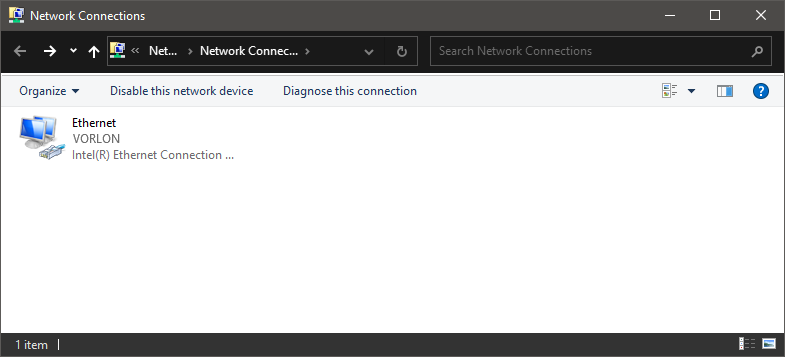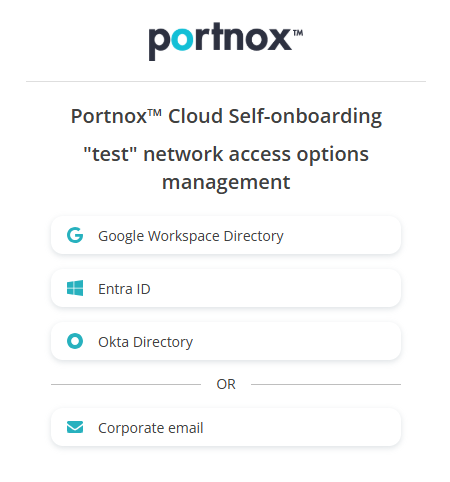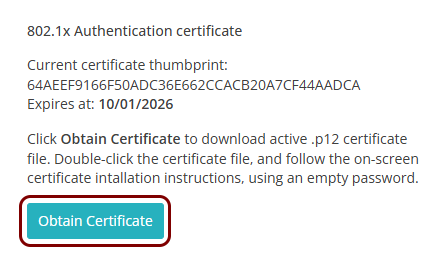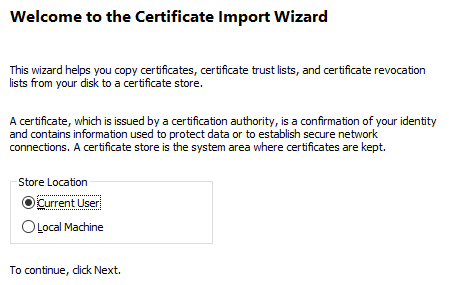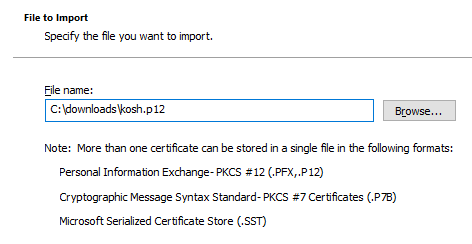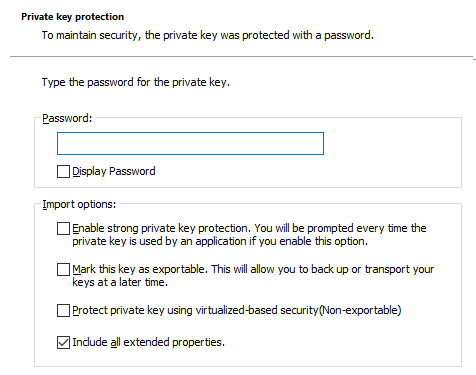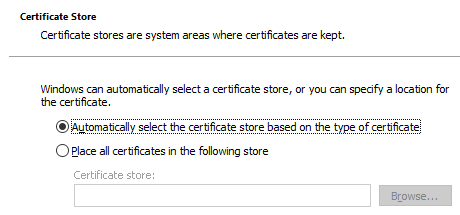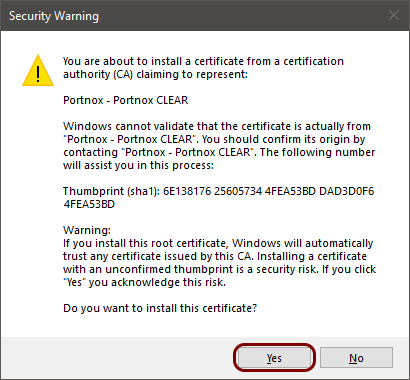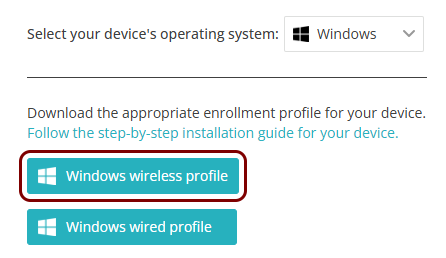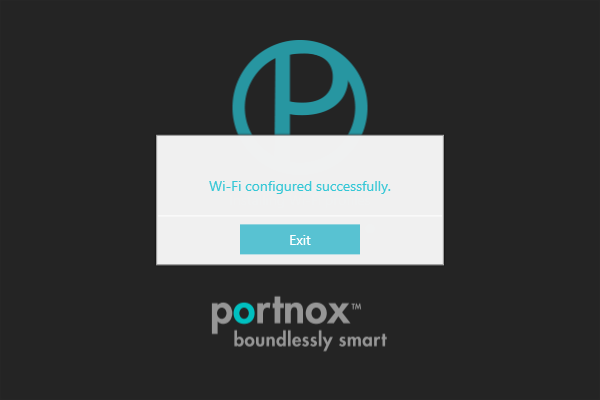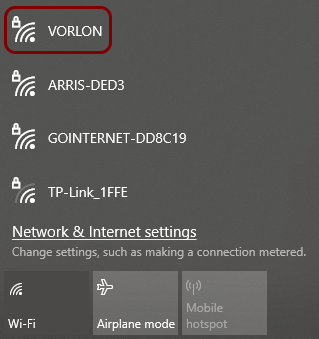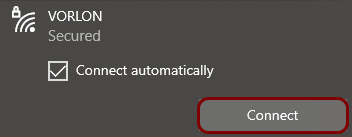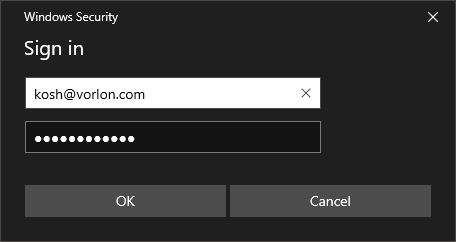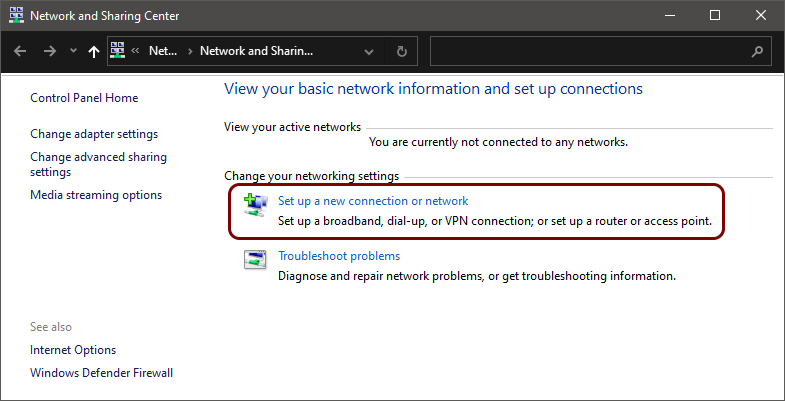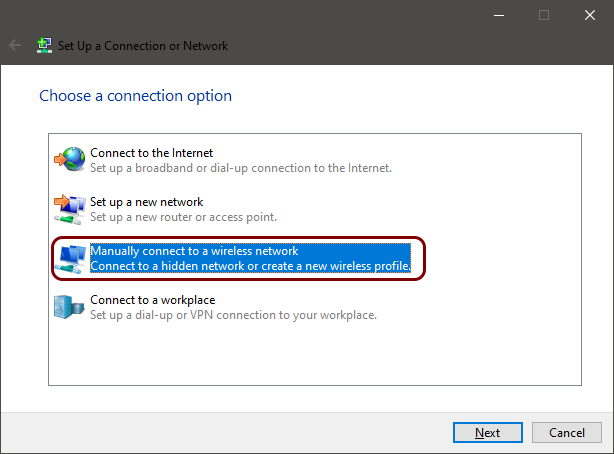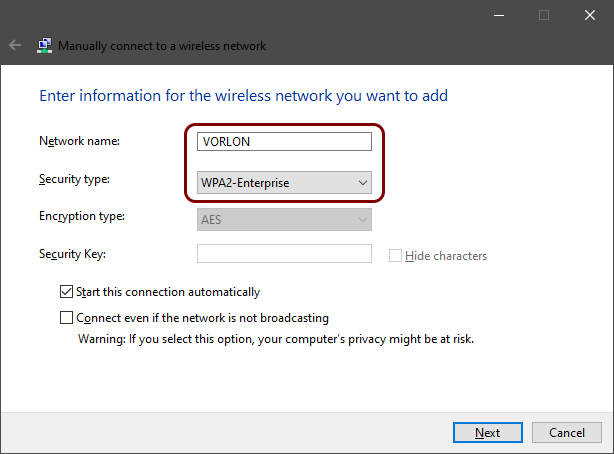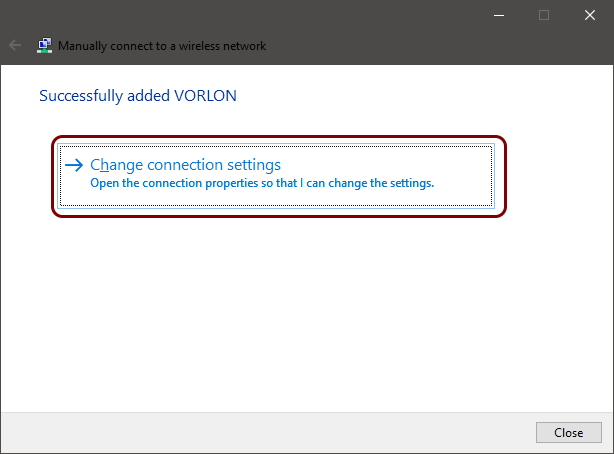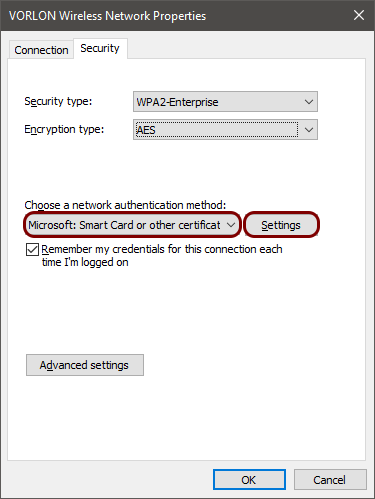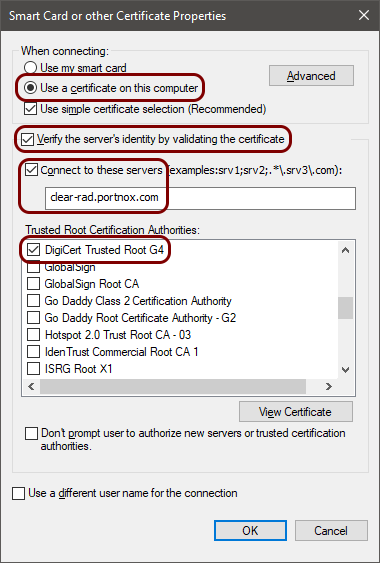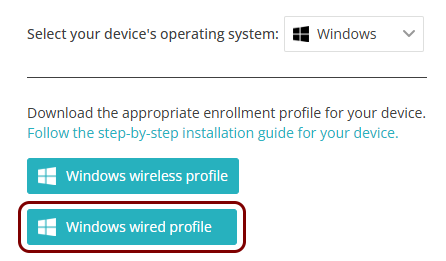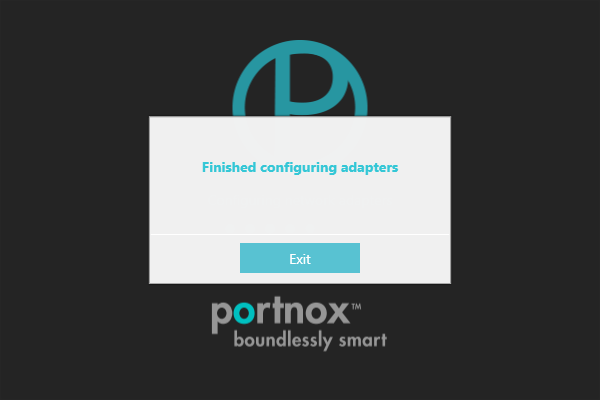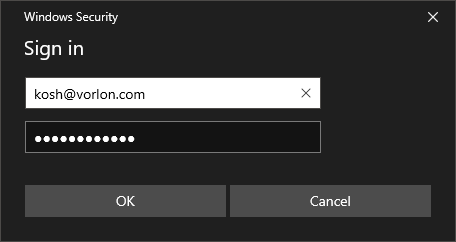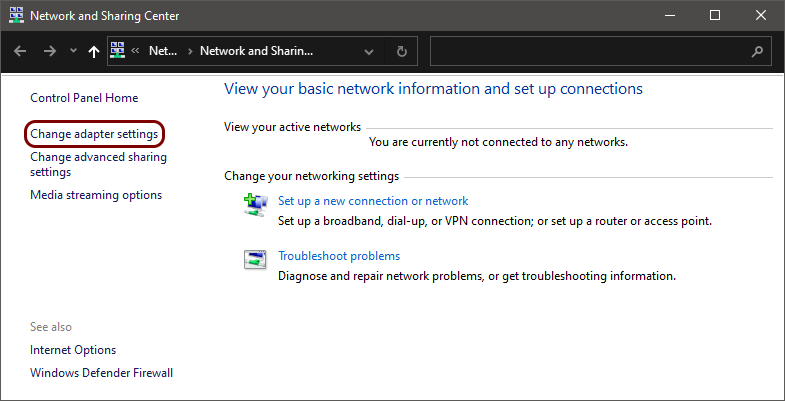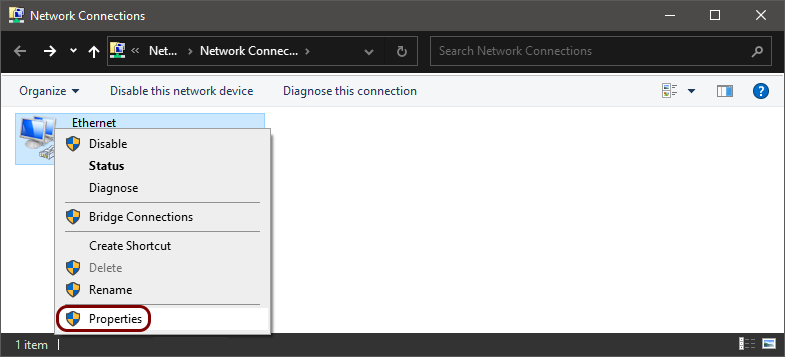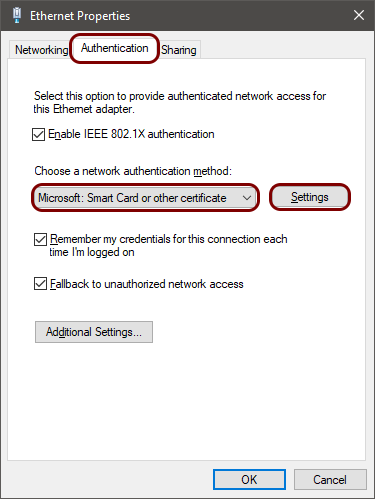Onboard a Windows device through self-onboarding
In this topic, you will learn how to onboard using the self-onboarding portal, a Windows 10 computer, and a wired or wireless network managed by Portnox™ Cloud.
Authenticate with the self-onboarding portal
In this section, you will learn how to authenticate with the self-onboarding portal using your corporate identity.
Get and import the certificate
In this section, you will learn how to get the certificate issued by Portnox Cloud for your Windows machine and how to import it into the operating system.
Configure the wireless network adapter
In this section, you will learn how to use the self-onboarding portal to automatically configure the wireless network adapter (Wi-Fi) on your Windows machine.
Optional: Configure the wireless network adapter manually
In this section, you will learn how to configure your wireless network adapter manually to use the certificate that you downloaded earlier.
Result: Your Windows 10 computer is connected to a Wi-Fi network managed by Portnox Cloud.
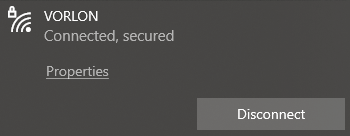
Configure the wired network adapter
In this section, you will learn how to use the self-onboarding portal to automatically configure the wired network adapter (Ethernet) on your Windows machine.
Optional: Configure the wired network adapter manually
In this section, you will learn how to configure your Windows wired network adapter manually to use the certificate that you downloaded earlier.
Result: Your Windows 10 computer is connected to a wired network managed by Portnox Cloud.
